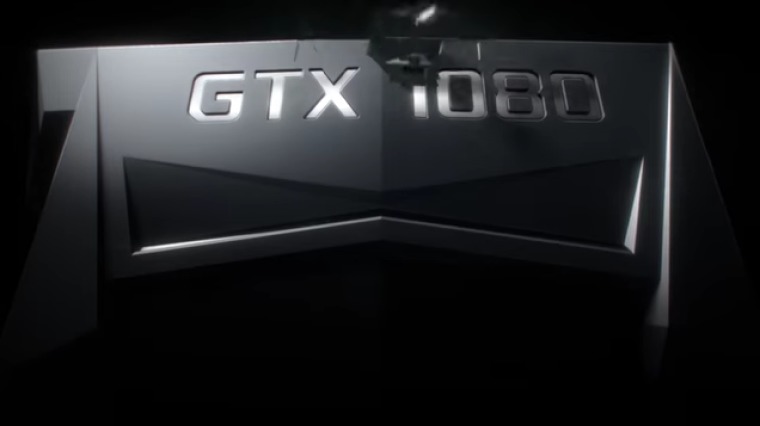

GPU maker 'Nvidia' launched its GeForce GTX 1080 this year, considered one of its high-end graphics cards.
The GTX 1080 is a strong competitor in the graphics card market, with its power efficiency, compact size, and most superior architecture in the form of NVIDIA's Pascal.
The Nvidia's GTX 1080 is a native of DirectX 12 functionality and has up to three times better performance than NVIDIA's earlier GPUs.
Nvidia GeForce GTX 1080 is the first graphics card developed by the use of 16nm technology after GPUs stalled on 28nm for four long years.
The performance boosts and power efficiency gains are nothing less than amazing. The card features a huge performance leap over GTX 980, is enormously power efficient, has a good-looking premium design, along with other several new features. However, on the other hand, it does not blow away Radeon cards in heavily AMD-optimized games.
In terms of the GPU's overall speed and in-game performance, it consists of the finest optimal cooling system with its next-gen heat-dissipating hardware. The full setup makes way for remarkable overclocking and modding prospective. Nvidia's GeForce GTX 1080 gives tough competition to its opponents including EVGA, ASUS, MSI, Zotac, and Gigabyte.
In comparison to Nvidia's GTX 1080's 1607 MHz base and 1733 MHz boost, other graphics cards use higher clock speeds and some even upgrade the memory speed in comparison to the standard card's 10000 MHz. Likewise, many of the customised GTX 1080's include specialised cooling systems to allow for specifically aggressive overclocks. However, each cooling system differs from card to card, they all aim to do the same thing, that is to make your PC gaming experience as smooth and graphically impressive as possible.
The GTX 1080 has proved to be a worth every penny in term of performance, which is encouraging when gamers consider that the majority of its features can't even be utilised yet by the average gamer.
In simple terms, it is the most powerful consumer graphics card users can purchase at this moment, with AMD still waiting to roll out its version in 2016. The Nvidia's 1080 version stands for good value, even though the price is slightly higher than the previous generation models.